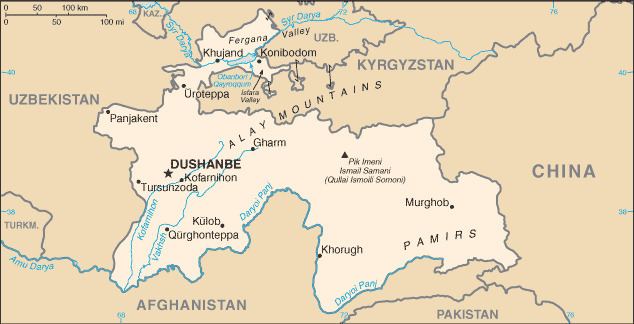 | ||
The Uzbekistan–Tajikistan border minefields are the result of Uzbekistan's unilateral decision to indiscriminately mine rural areas along its border region with Tajikistan. This action is aimed at hindering drug trafficking and cross-border infiltrations of terrorists of the Islamic Movement of Uzbekistan, but the mines have caused many civilian casualties. Uzbekistan asserts that it is placing mines in its territory, but so far not all the boundaries between Uzbekistan and Tajikistan have been delineated. By 2004 Tajikistan and Uzbekistan had settled almost 86% of their 1,283-km border dispute following the collapse of the Soviet Union in 1991.
Opinions on the minefields
References
Tajikistan–Uzbekistan border minefields Wikipedia(Text) CC BY-SA
